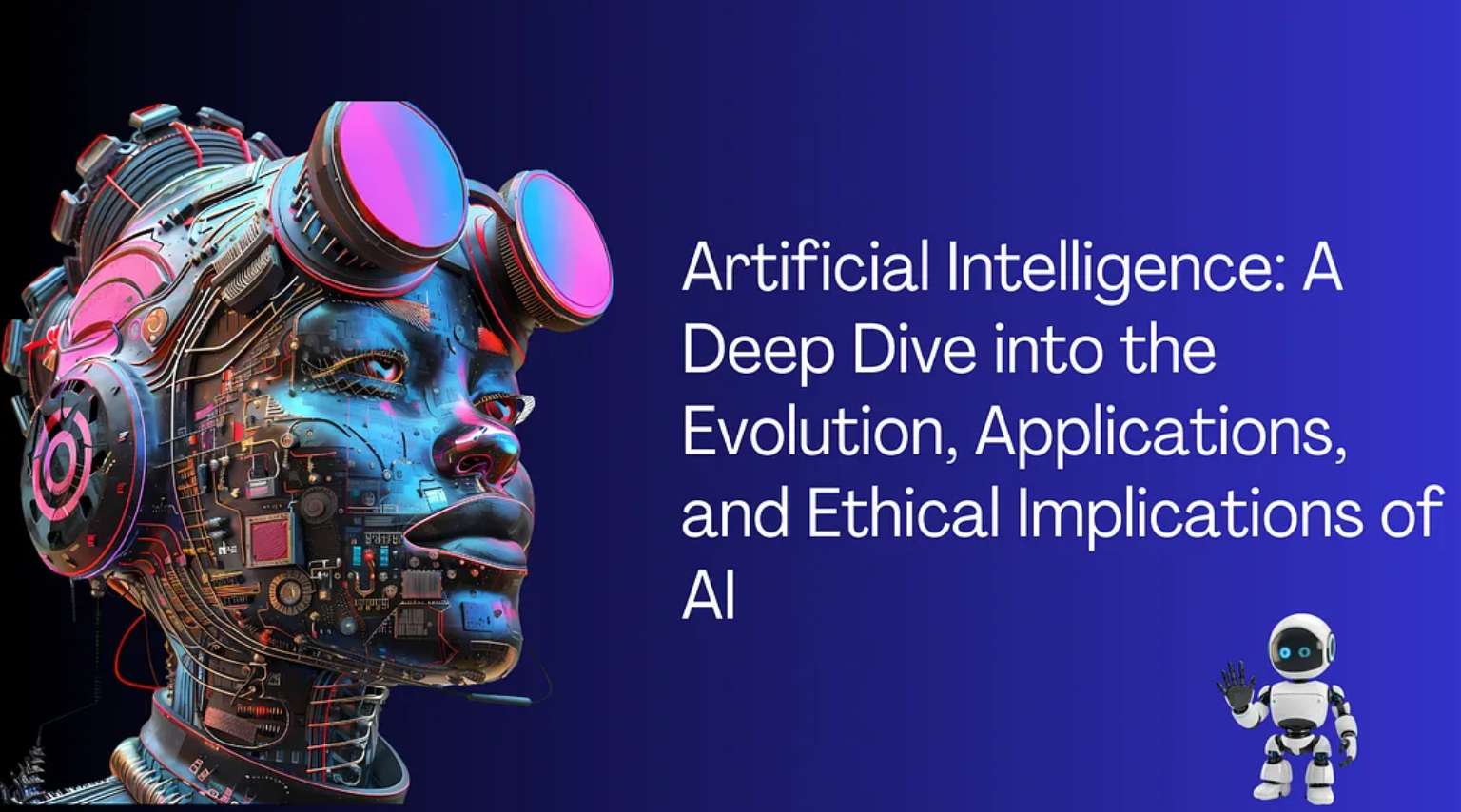Artificial Intelligence (AI) is no longer a futuristic concept confined to the realm of science fiction. It’s a reality that’s rapidly reshaping our world. From the smartphones in our pockets to the autonomous vehicles on our roads, AI is seamlessly integrating into our daily lives.
Understanding AI: A Brief Overview
At its core, AI refers to the development of intelligent agents, systems designed to think and act like humans. These agents can learn, reason, perceive, understand language, and solve problems.
Key Types of AI:
Narrow AI (Weak AI): This is the most common type of AI, designed to perform specific tasks. Examples include facial recognition software, recommendation systems, and virtual assistants like Siri and Alexa.
General AI (Strong AI): This hypothetical type of AI possesses human-level intelligence and can understand or learn any intellectual task that a human being can.
Superintelligence: This is a hypothetical AI that surpasses human intelligence and capabilities in every aspect.
The Impact of AI on Our World
The potential applications of AI are vast and far-reaching. Here are some of the key areas where AI is making a significant impact:
Healthcare:
Drug Discovery: AI can accelerate drug discovery by analyzing vast datasets to identify potential drug candidates.
Medical Diagnosis: AI-powered systems can analyze medical images and patient data to detect diseases early.
Personalized Medicine: AI can tailor treatment plans to individual patients based on their genetic makeup and medical history.
Finance:
Fraud Detection: AI algorithms can identify fraudulent transactions by analyzing patterns in financial data.
Algorithmic Trading: AI-powered trading systems can make rapid, data-driven decisions to maximize returns.
Risk Assessment: AI can assess creditworthiness and investment risks more accurately.
Transportation:
Autonomous Vehicles: Self-driving cars and trucks are revolutionizing transportation, promising increased safety and efficiency.
Traffic Management: AI can optimize traffic flow and reduce congestion.
Education:
Personalized Learning: AI can tailor educational content to individual students’ needs and learning styles.
Intelligent Tutoring Systems: AI-powered tutors can provide personalized guidance and support.
Ethical Considerations and the Future
As AI continues to advance, it’s crucial to address ethical concerns such as job displacement, bias in algorithms, and the potential for misuse. To ensure that AI benefits society as a whole, it’s essential to develop robust ethical frameworks and regulations.
The future of AI holds immense promise, but it also presents significant challenges. By understanding the technology and its potential implications, we can shape a future where AI is used for the betterment of humanity.
The Power of Machine Learning
Machine learning, a subset of AI, is driving much of the innovation we see today. It involves training algorithms on vast amounts of data to recognize patterns and make predictions. This technique has applications in a wide range of fields, from image and speech recognition to natural language processing.
Key Machine Learning Techniques:
Supervised Learning: Algorithms are trained on labeled data to make predictions on new, unseen data.
Unsupervised Learning: Algorithms discover hidden patterns in unlabeled data.
Reinforcement Learning: Algorithms learn to make decisions by interacting with an environment and receiving rewards or penalties.
Natural Language Processing (NLP)
NLP is a field of AI that focuses on the interaction between computers and human language. It enables machines to understand, interpret, and generate human language.
Applications of NLP:
Chatbots and Virtual Assistants: These AI-powered systems can engage in natural conversations with users.
Sentiment Analysis: NLP can analyze text to determine the sentiment or opinion expressed.
Machine Translation: NLP can translate text from one language to another.
Robotics and AI
Robotics and AI are converging to create intelligent machines that can perform tasks autonomously. These robots are being used in various industries, including manufacturing, healthcare, and exploration.
Key Areas of Robotics and AI:
Industrial Robotics: Robots are automating tasks in factories, increasing efficiency and productivity.
Service Robotics: Robots are being used in healthcare, hospitality, and elder care.
Autonomous Robots: Self-driving cars and drones are examples of autonomous robots.
Ethical Considerations in AI
As AI becomes more advanced, it’s essential to consider the ethical implications of its development and deployment. Some key ethical concerns include:
Bias and Fairness: AI algorithms can perpetuate biases present in the data they are trained on.
Job Displacement: AI could lead to job losses in certain industries.
Privacy and Security: AI systems can collect and analyze vast amounts of personal data, raising privacy concerns.
To mitigate these risks, it’s crucial to develop ethical guidelines for AI development and deployment. This includes ensuring transparency, accountability, and fairness in AI systems.
The Future of AI is Bright
The future of AI is full of exciting possibilities. As technology continues to advance, we can expect to see even more innovative applications of AI, from personalized medicine to sustainable energy solutions. However, it’s important to approach AI development with caution and foresight to ensure that it benefits society as a whole.
